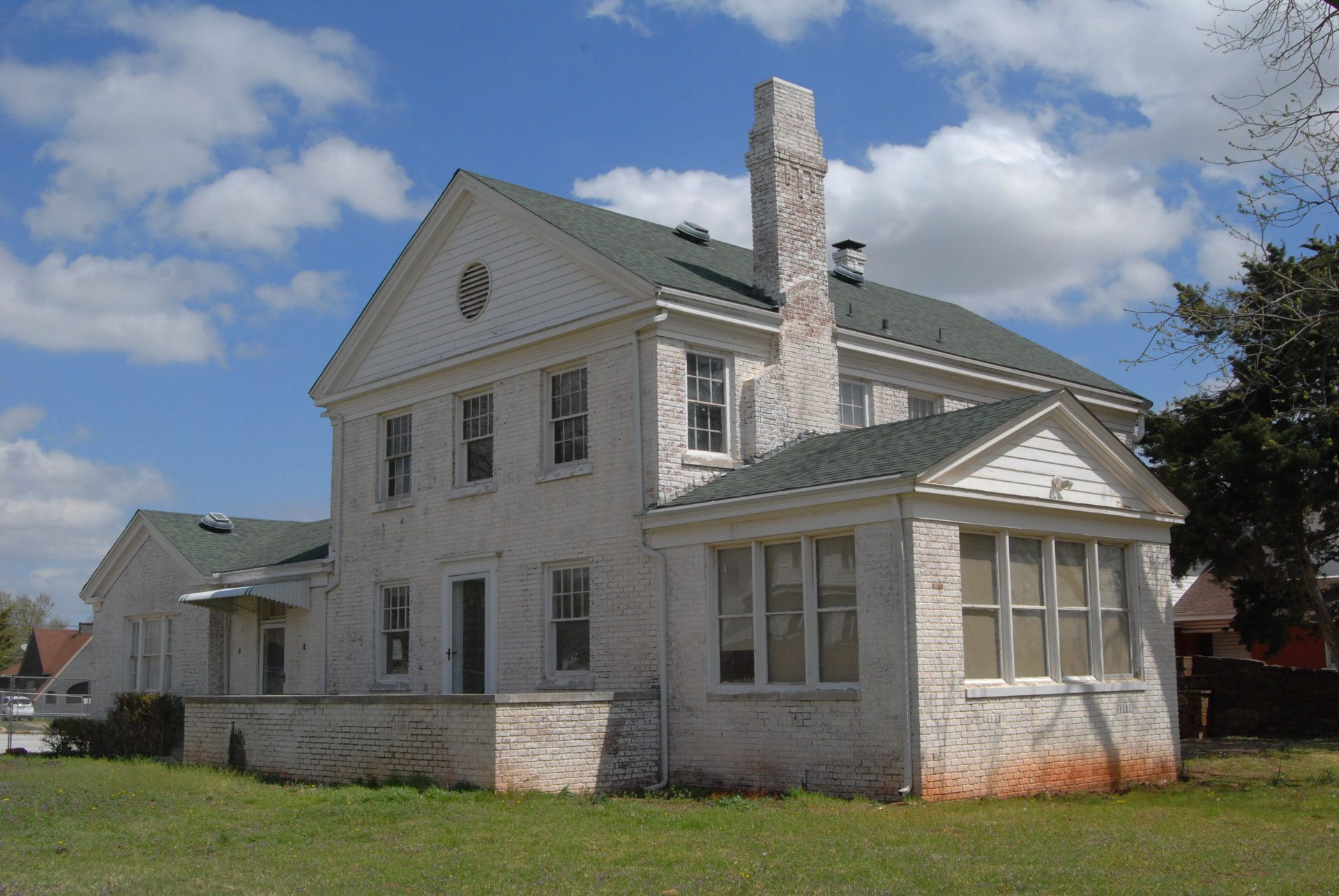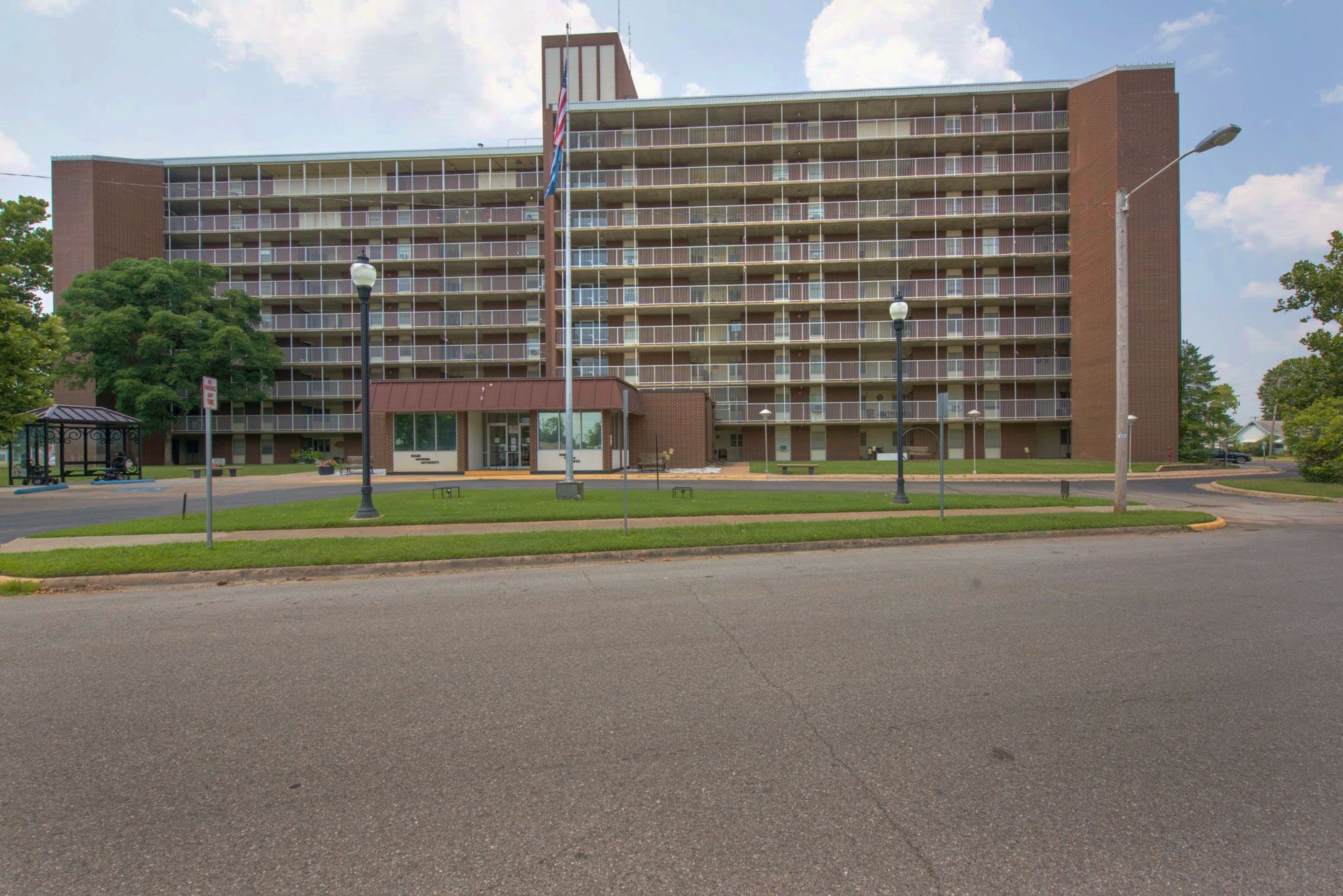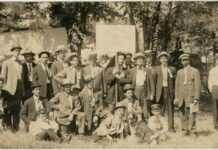Cataloging archeological and historic properties significant in our nation’s history, the National Park Service’s (NPS) National Register of Historic Places (NR) includes over 97,000 listings. It also contains information on over 1.4 million additional resources. Authorized by a 1966 federal law, the program coordinates and supports public and private efforts to identify, evaluate and protect America’s historic and archeological resources.
The Oklahoma Historical Society’s State Historic Preservation Office (SHPO) carries out Oklahoma’s NR programs. SHPO’s Historic Preservation Review Committee meets quarterly to consider whether or not a property qualifies for the NR, and the NPS has the authority to list the property in the NR. However, a tribal government may also assume SHPO duties on tribal land.
Each of Oklahoma’s 77 counties has NR listings, and the number keeps growing.
Oklahoma’s diverse NR listings range “from archeological sites such as prehistoric bison kill sites to the 21st century Oklahoma City National Memorial,” says Matthew Pearce, Ph.D., Oklahoma’s NR program coordinator.
To be listed in the NR, a property must meet at least one of four criteria. There are seven necessary aspects of historic integrity as well.
“There are misconceptions about the NR, including that a private property owner must maintain or restore a building that is listed on the NR,” says Pearce. “The NR places no requirement on public or private owners concerning the sale of property. Also, there are no requirements to provide public access to historic properties.”
Funding may be available for rehabilitation or restoration of an NR listing, but there are no guarantees. However, grant programs may provide funding. Tax credits exist, but the rehabilitation work must meet certain requirements.
“Owners of income-producing properties that are either individually listed in the NR, or contributing resources in a historic district listed in the NR, may receive federal and state investment tax credits on qualified rehabilitation expenses,” says Pearce.
Oklahoma has “over 1,400 districts, buildings, sites, structures and objects in the NR,” he continues. “An NR listing reminds stakeholders, community leaders and decision makers of archeology, history and architecture that define our communities. The added social value is crucial for successful historic preservation efforts. With the exception of designating a property as a National Landmark or a National Park or Monument, an NR listing provides the highest level of recognition of a property’s historic importance.”
National Historic Landmarks
in Oklahoma
“Guthrie is unique in that a significant portion of the town has been designated a National Historic Landmark (NHL) – Guthrie Historic Landmark District,” says Pearce. “This distinction is reserved for those buildings, sites, structures and objects that represent outstanding aspects of American history and culture – for Guthrie, specifically, its role in Oklahoma’s settlement, and for its collection of pre-statehood and early statehood commercial, residential and cultural architecture.”
Oklahoma currently has 22 NHLs, including the University of Oklahoma’s Bizzell Memorial Library, the Washita Battlefield and Tahlequah’s Cherokee National Capitol. Oklahoma’s most recently designated NHL is Honey Springs Battlefield.





























